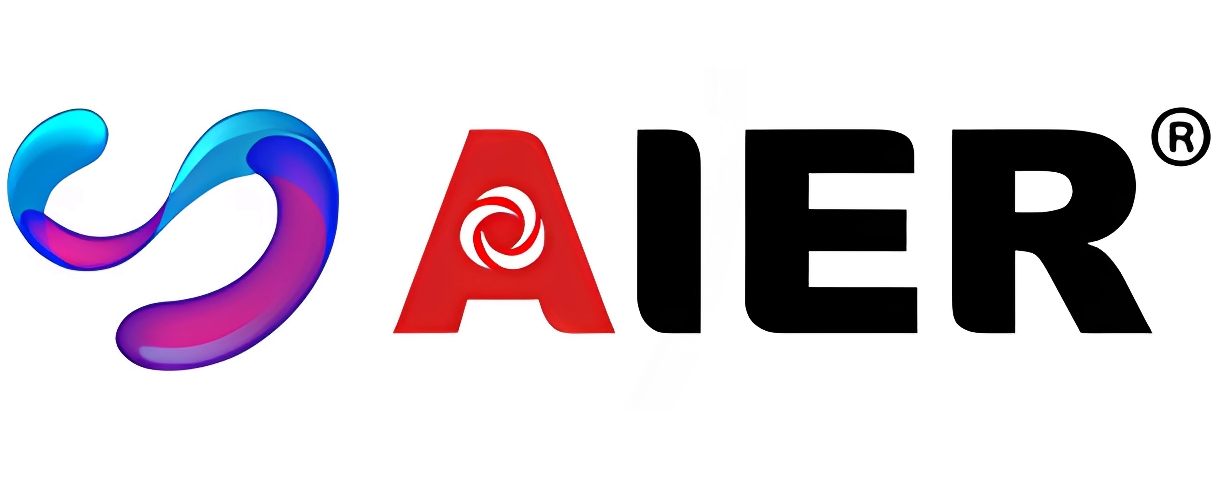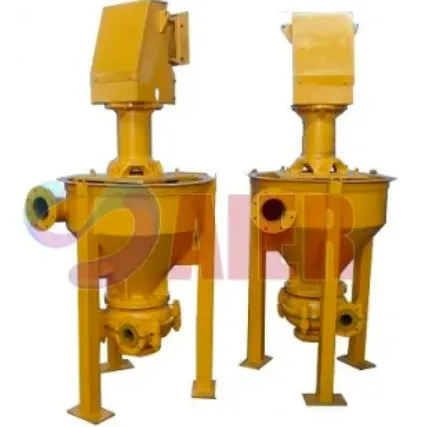
- ആഫ്രിക്കൻ
- അൽബേനിയൻ
- അംഹാരിക്
- അറബി
- അർമേനിയൻ
- അസർബൈജാനി
- ബാസ്ക്
- ബെലാറഷ്യൻ
- ബംഗാളി
- ബോസ്നിയൻ
- ബൾഗേറിയൻ
- കറ്റാലൻ
- സെബുവാനോ
- ചൈന
- ചൈന (തായ്വാൻ)
- കോർസിക്കൻ
- ക്രൊയേഷ്യൻ
- ചെക്ക്
- ഡാനിഷ്
- ഡച്ച്
- ഇംഗ്ലീഷ്
- എസ്പറാന്റോ
- എസ്റ്റോണിയൻ
- ഫിന്നിഷ്
- ഫ്രഞ്ച്
- ഫ്രിസിയൻ
- ഗലീഷ്യൻ
- ജോർജിയൻ
- ജർമ്മൻ
- ഗ്രീക്ക്
- ഗുജറാത്തി
- ഹെയ്തിയൻ ക്രിയോൾ
- ഹൌസ
- ഹവായിയൻ
- ഹീബ്രു
- ഇല്ല
- മിയാവോ
- ഹംഗേറിയൻ
- ഐസ്ലാൻഡിക്
- ഇഗ്ബോ
- ഇന്തോനേഷ്യൻ
- ഐറിഷ്
- ഇറ്റാലിയൻ
- ജാപ്പനീസ്
- ജാവനീസ്
- കന്നഡ
- കസാഖ്
- ഖെമർ
- റുവാണ്ടൻ
- കൊറിയൻ
- കുർദിഷ്
- കിർഗിസ്
- ടി.ബി
- ലാറ്റിൻ
- ലാത്വിയൻ
- ലിത്വാനിയൻ
- ലക്സംബർഗ്
- മാസിഡോണിയൻ
- മൽഗാഷി
- മലയാളി
- മലയാളം
- മാൾട്ടീസ്
- മാവോറി
- മറാത്തി
- മംഗോളിയൻ
- മ്യാൻമർ
- നേപ്പാളി
- നോർവീജിയൻ
- നോർവീജിയൻ
- ഓക്സിറ്റാൻ
- പാഷ്തോ
- പേർഷ്യൻ
- പോളിഷ്
- പോർച്ചുഗീസ്
- പഞ്ചാബി
- റൊമാനിയൻ
- റഷ്യൻ
- സമോവൻ
- സ്കോട്ടിഷ് ഗാലിക്
- സെർബിയൻ
- ഇംഗ്ലീഷ്
- ഷോണ
- സിന്ധി
- സിംഹള
- സ്ലോവാക്
- സ്ലോവേനിയൻ
- സോമാലി
- സ്പാനിഷ്
- സുന്ദനീസ്
- സ്വാഹിലി
- സ്വീഡിഷ്
- ടാഗലോഗ്
- താജിക്ക്
- തമിഴ്
- ടാറ്റർ
- തെലുങ്ക്
- തായ്
- ടർക്കിഷ്
- തുർക്ക്മെൻ
- ഉക്രേനിയൻ
- ഉർദു
- ഉയിഗർ
- ഉസ്ബെക്ക്
- വിയറ്റ്നാമീസ്
- വെൽഷ്
- സഹായം
- യദിഷ്
- യൊറൂബ
- സുലു
ആഗ . 28, 2025 18:30 പട്ടികയിലേക്ക് മടങ്ങുക
Froth Pump Automation Trends in Modern Industry
The industrial landscape is undergoing a transformative shift, driven by automation and smart technologies. Among the critical components benefiting from this evolution are froth pumps, specialized equipment used in industries like mining, wastewater treatment, and chemical processing. As demand for efficiency and sustainability grows, automation has become a cornerstone for optimizing നുരയെ പമ്പ് performance. This article explores emerging trends in നുരയെ പമ്പ് automation, with a focus on innovations such as the froth pump impeller and the rising prominence of China vertical froth pumps in global markets.

The Evolution of Froth Pump Impeller Design in Automated Systems
The froth pump impeller is the heart of any നുരയെ പമ്പ്, responsible for generating the centrifugal force needed to handle frothy, abrasive slurries. In automated systems, impeller design has evolved to prioritize durability, energy efficiency, and compatibility with real-time monitoring tools. Modern froth pump impellers are crafted from high-chrome alloys or polyurethane composites, materials chosen for their resistance to wear and corrosion. These advancements ensure that impellers can withstand harsh operating conditions while maintaining optimal flow rates.
Automation has further enhanced froth pump impeller performance. Sensors embedded in the pump casing track parameters like temperature, vibration, and pressure, feeding data to centralized control systems. This allows operators to adjust impeller speed or slurry density dynamically, minimizing energy waste and preventing cavitation. For instance, if a sensor detects uneven wear on the froth pump impeller, the system can trigger maintenance alerts before a breakdown occurs. Such predictive capabilities reduce downtime and extend the lifespan of critical components.
The integration of AI-driven analytics has also revolutionized impeller design. Machine learning algorithms analyze historical performance data to recommend impeller geometry adjustments, tailoring designs to specific applications. This level of customization ensures that froth pumps operate at peak efficiency, even in highly variable industrial environments.
How Automation is Reshaping Froth Pump Operations
Automation is redefining how industries deploy and manage froth pumps. Traditional manual control systems are being replaced by intelligent networks that optimize every aspect of pump operation, from startup to shutdown. Central to this shift is the adoption of IoT-enabled devices, which provide real-time visibility into നുരയെ പമ്പ് performance.
For example, automated froth pumps can self-adjust their motor speed based on slurry viscosity or air content. This not only stabilizes flow rates but also reduces energy consumption by up to 30%. Additionally, remote monitoring platforms allow technicians to oversee multiple froth pumps across vast facilities from a single dashboard. Alerts for anomalies, such as sudden pressure drops or impeller imbalance, enable swift intervention, preventing costly failures.
Another breakthrough is the use of digital twins—virtual replicas of physical froth pumps—to simulate operational scenarios. Engineers can test how a നുരയെ പമ്പ് would perform under extreme conditions or evaluate the impact of a new froth pump impeller design without risking actual equipment. This technology accelerates innovation while cutting R&D costs.
The rise of China vertical froth pumps exemplifies this trend. These compact, vertically oriented pumps are increasingly integrated with automation suites, making them ideal for space-constrained facilities. Their vertical design simplifies installation and maintenance, while smart controls enhance their adaptability to fluctuating process demands.
The Global Impact of China Vertical Froth Pumps
China vertical froth pumps have emerged as a game-changer in industries requiring reliable, high-efficiency pumping solutions. Their vertical configuration offers distinct advantages, including a smaller footprint and reduced risk of shaft deflection compared to traditional horizontal models. This design is particularly beneficial in mining operations, where space is limited, and slurry compositions vary widely.
Automation has further amplified the appeal of China vertical froth pumps. Many models now come pre-equipped with sensors and connectivity modules, enabling seamless integration into existing industrial IoT ecosystems. For instance, a China vertical froth pump deployed in a mineral processing plant can automatically adjust its impeller speed to accommodate changes in froth density, ensuring consistent performance without manual input.
Moreover, manufacturers in China have prioritized cost-effectiveness without compromising quality. By leveraging advanced manufacturing techniques and economies of scale, China vertical froth pumps deliver premium features—such as abrasion-resistant liners and self-cleaning impellers—at competitive prices. This combination of affordability and innovation has made them a preferred choice for industries worldwide.
Environmental sustainability is another area where China vertical froth pumps excel. Automated systems optimize water and energy usage, aligning with global efforts to reduce carbon footprints. For example, smart pumps can recycle process water or adjust operations during off-peak energy hours, lowering both costs and environmental impact.
FAQs About Froth Pump Automation Solutions
What Are the Key Advantages of Automating a Froth Pump?
Automating a നുരയെ പമ്പ് enhances efficiency, reduces operational costs, and minimizes human error. Automated systems enable real-time adjustments to impeller speed, slurry flow, and pressure, ensuring optimal performance under varying conditions. Predictive maintenance algorithms also extend equipment lifespan by identifying wear on components like the froth pump impeller before failures occur.
How Does the Froth Pump Impeller Enhance Efficiency in Automated Systems?
The froth pump impeller is engineered to handle abrasive slurries with minimal wear. In automated setups, sensors monitor impeller health and adjust its rotation speed to match process demands. This dynamic control reduces energy consumption and prevents overheating, ensuring the impeller operates at peak efficiency. Advanced materials, such as ceramic-coated alloys, further enhance durability.
Why Should Industries Consider China Vertical Froth Pumps for Automation?
China vertical froth pumps offer a compact, cost-effective solution for automated systems. Their vertical design saves space and simplifies maintenance, while integrated smart controls enable seamless adaptation to process changes. Additionally, their robust construction ensures reliability in demanding environments, making them a versatile choice for industries like mining and wastewater treatment.
Can Automation Extend the Lifespan of a Froth Pump?
Yes. Automation reduces mechanical stress by optimizing operational parameters like speed and pressure. For example, a China vertical froth pump equipped with vibration sensors can detect imbalances early, allowing timely repairs. This proactive approach prevents catastrophic failures and extends the pump’s service life by up to 40%.
What Makes China Vertical Froth Pumps a Cost-Effective Choice for Automation?
China vertical froth pumps combine affordability with advanced features. Their automated controls lower energy and maintenance costs, while their durable design reduces replacement frequency. Additionally, their compatibility with IoT platforms minimizes downtime, ensuring continuous productivity and a high return on investment.
The fusion of automation and advanced engineering is propelling froth pumps into a new era of efficiency and reliability. From cutting-edge froth pump impeller designs to the global dominance of China vertical froth pumps, these innovations are reshaping industries. By embracing automation, businesses can achieve unparalleled operational agility, sustainability, and cost savings—securing their competitive edge in an increasingly dynamic market.
-
Submersible Well Pump Manufacturer | Durable & Efficient Solutions
വാർത്തAug.29,2025
-
Small Dredge Pump Applications in Aquaculture and Ponds
വാർത്തAug.28,2025
-
Portable Sump Pumps for Emergency Flood Situations
വാർത്തAug.28,2025
-
Metal Slurry Pump Applications in Mining Industry
വാർത്തAug.28,2025
-
Hydraulic Performance Testing for Centrifugal Vertical Slurry Pumps
വാർത്തAug.28,2025
-
Froth Pump Automation Trends in Modern Industry
വാർത്തAug.28,2025